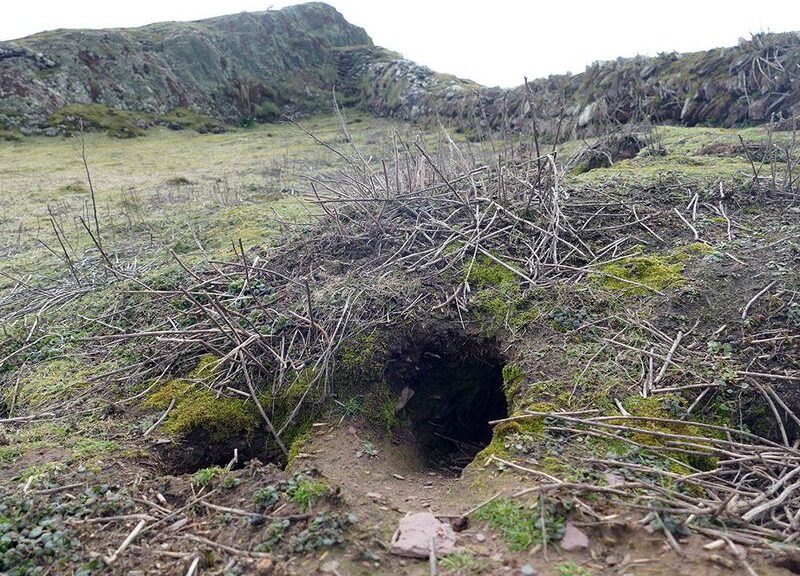The Simpsons have been running on the air for more than 30 years, so they have come across several topics that crop up in real life, too. However, some of their plots bear a close resemblance to real events that have happened, which makes them eerie.
We have taken this opportunity and listed some of the strangest predictions made by The Simpsons writers who launched the show in 1989.
10 TIMES THE SIMPSONS PREDICTED THE FUTURE
1: DONALD TRUMP

The Simpsons correctly and shockingly predicted Donald Trump would be America’s president in an episode aired way back in 2000 in Season 11 Episode 17.
In the show, Lisa refers to “inheriting quite a budget crunch from President Trump”.
The Simpsons even featured a scene where Trump was seen waving from the stairs – almost exactly mirroring a photo of him taken in 2015 in real life.


When asked by Radio 1 Newsbeat how they got it spot on, writer Al Jean said: “With the Trump one in 2000 we were looking for a funny celebrity who would be president.”
2: HORSEMEAT SCANDAL

This was from Season 5 Episode 19 in 1994 where Lunchlady Doris used “assorted horse parts” to make the lunch at Springfield Elementary.
It was in 2013 when the FSA of Ireland found horse DNA in 1/3rd of their beefburger samples from supermarkets and ready meals, and other animals in 85% of the products.
3: THE SHARD

This was from Season 6 Episode 19 in 1995.
The episode was named “Lisa’s Wedding” and had several unexpected predictions. Lisa made a trip to London and we can see a skyscraper behind the Tower Bridge that looks almost similar to The Shard, they even got the location correct.
IF YOU NEED HELP WITH YOUR PERSONAL DEVELOPMENT OR SPIRITUAL DEVELOPMENT, CHECK OUT MY ON TO ONE COACHING PROGRAMS, INITIAL CONSULTATION IS FREE OF CHARGE.
The Shard’s construction started in 2009, which was 14 years later after it was aired in The Simpsons.

4: ROBOTIC LIBRARIAN

This episode was also from “Lisa’s Wedding”, Season 6 Episode 19, where we saw that librarians had been replaced by robots in their universe.
Robotics students from the University of Aberystwyth built a prototype for a walking library robot, while scientists in Singapore have begun testing their own robot librarians.
5: THREE-EYED FISH

This was from Season 2, Episode 4 of the show, where Bart catches a three-eyed fish, Blinky, in the river beside the power plant. This later makes the local headlines.
It was almost after 10 years, that a three-eyed fish was discovered in Argentina. That reservoir received water from a nearby nuclear power plant, too. How Strange!
6: HIGGS BOSON EQUATION

This was discovered in Season 8 Episode 1 in 1998. The episode was named “The Wizard of Evergreen Terrace”.
Homer Simpson became an inventor and was shown in front of a complicated equation on a blackboard.
According to Simon Singh, who is the author of “The Simpsons and Their Mathematical Secrets,” the equation predicts the mass of the Higgs boson particle. It was first predicted in 1964 by Professor Peter Higgs and five other physicists, but it wasn’t until 2013 that scientists discovered proof of the Higgs boson in a £10.4 billion ($13 billion) experiment.
7: OUTBREAK OF THE EBOLA

People believe that The Simpsons predicted the Ebola outbreak in 2014, 17 years before it had happened.
This was discovered in Season 9 Episode 3, in a scene from “Lisa’s Sax”. Marge suggested to a sick Bart that he should read a book which was titled “Curious George and the Ebola Virus”. The virus was not widespread in the 90s but had found its way into the headline some years later.
Ebola was first discovered in 1976, and though this latest outbreak has been the worst yet, it killed 254 people in the Democratic Republic of Congo in 1995 and 224 in Uganda in 2000.
8: FAULTY VOTING MACHINES

In Season 20 Episode 4, in 2008, Homer Simpson was trying to vote for Barack Obama in the US election but had a faulty machine change his vote.
Four years later, a voting machine in Pennsylvania had to be removed after it kept changing people’s votes for Barack Obama to ones for his Republican rival Mitt Romney.
9: SIEGFRIED AND ROY

Seigfried and Roy were parodied by The Simpsons in Season 5, Episode 10 in 1993. The episode was named “$pringfield”, during which the magicians were mauled by a trained white tiger while performing inside a casino.
Roy Horn of Siegfried and Roy was attacked during a liver performance in 2003 by their white tiger, Montecore. He managed to survive but sustained several injuries in the attack.
10: SMARTWATCHES

Smartwatches were portrayed in Season 6 Episode 19. The show portrayed the idea of a watch that could be used as a phone. The strange thing here was that it aired in 1995, almost 20 years before the Apple Watch came into the market.


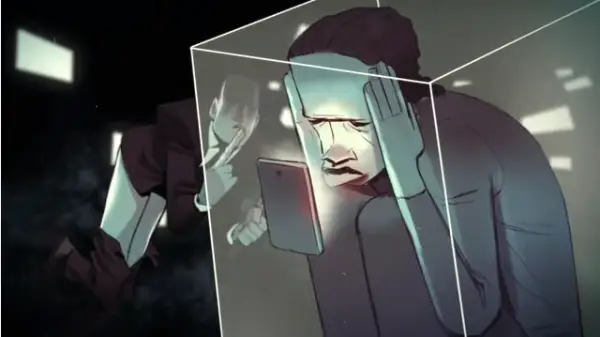













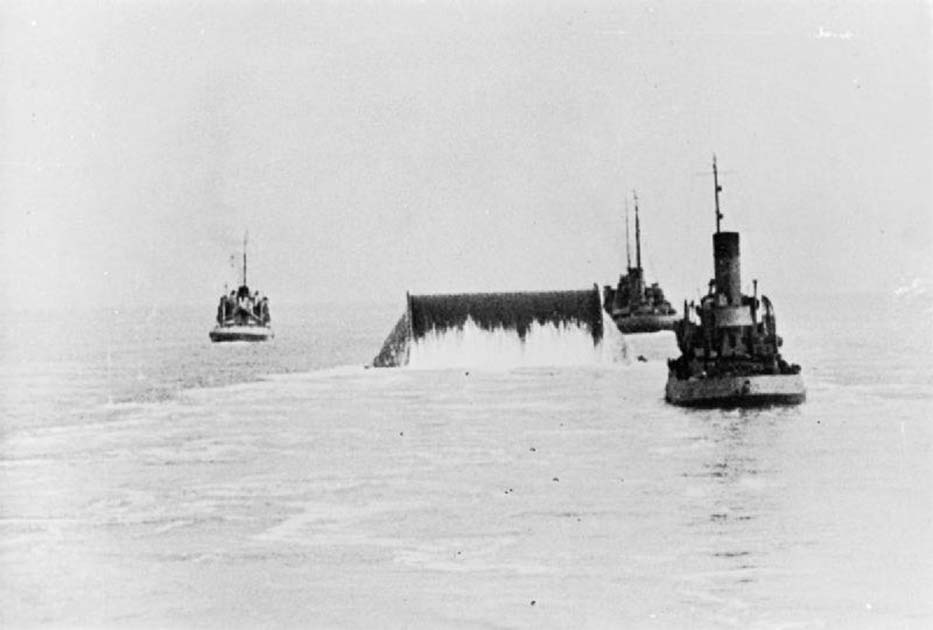

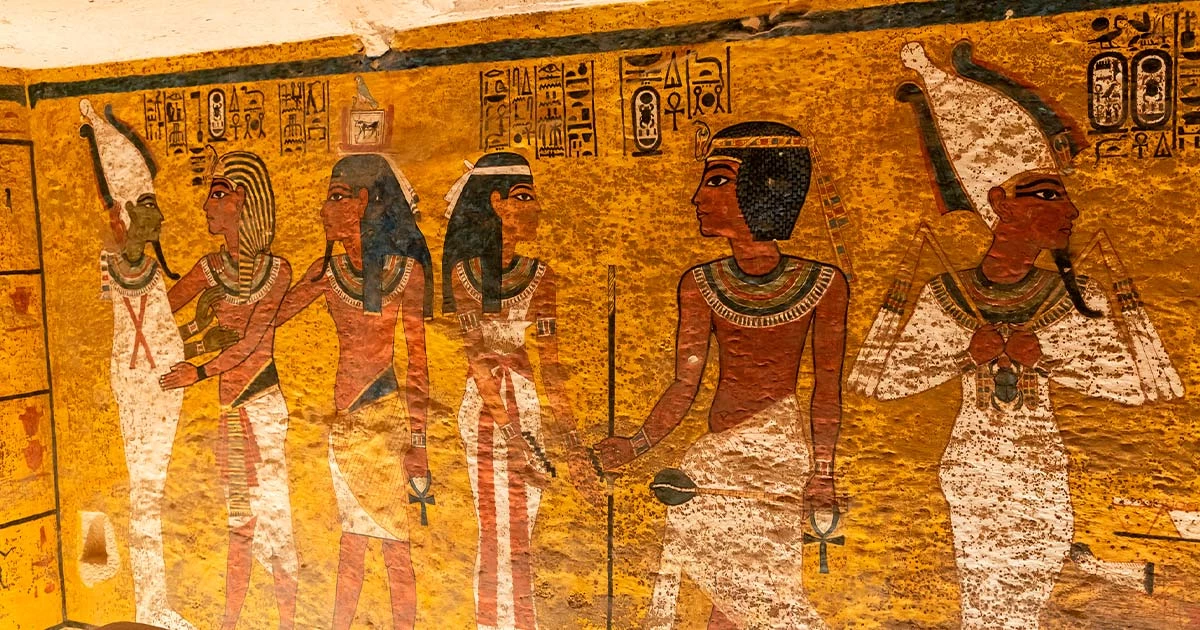

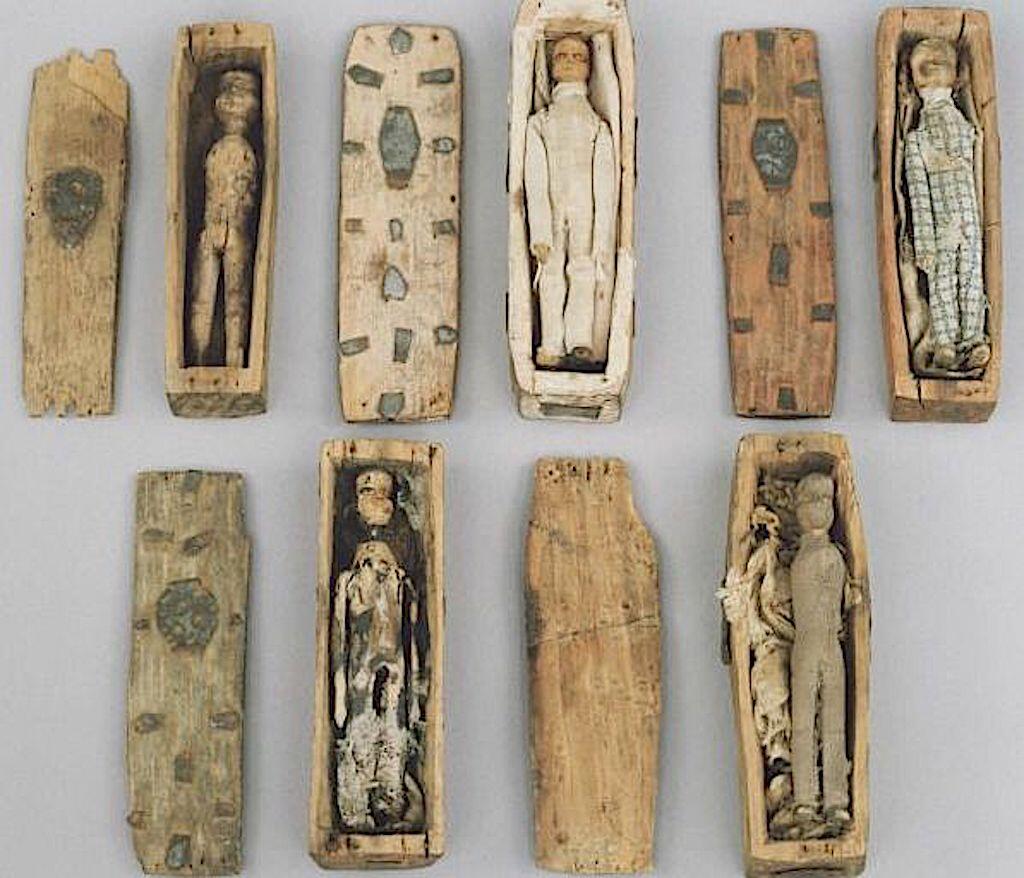

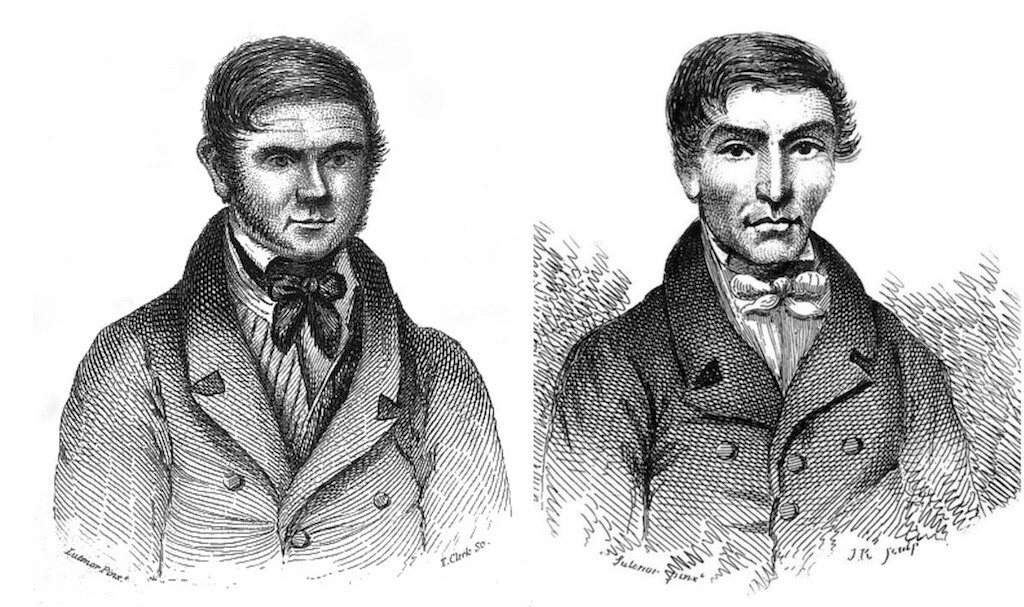
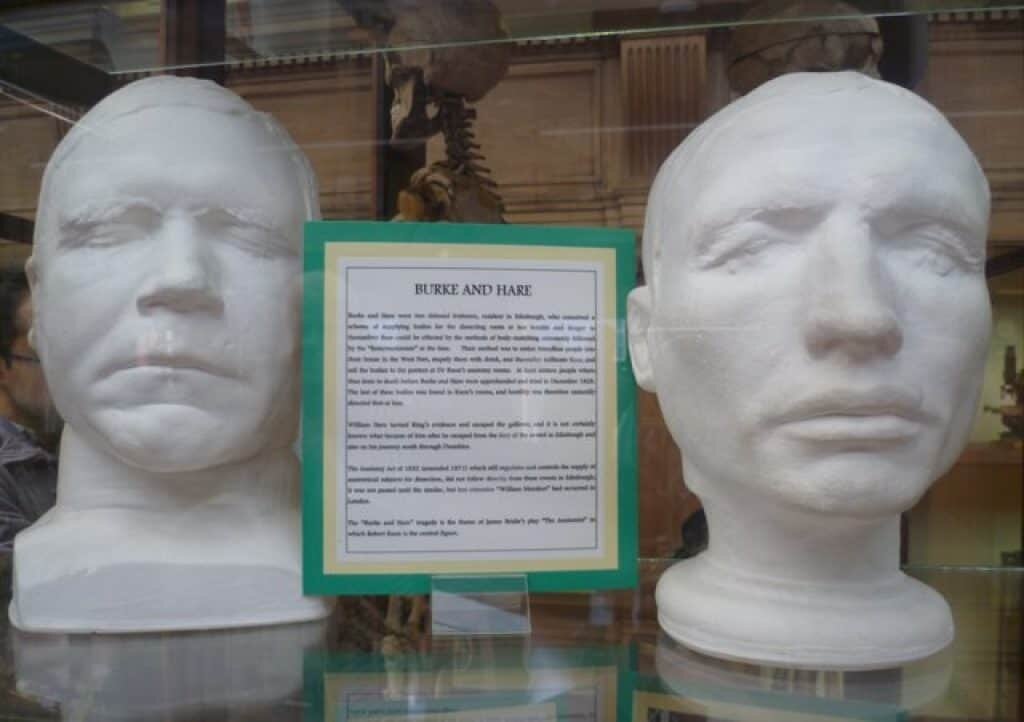
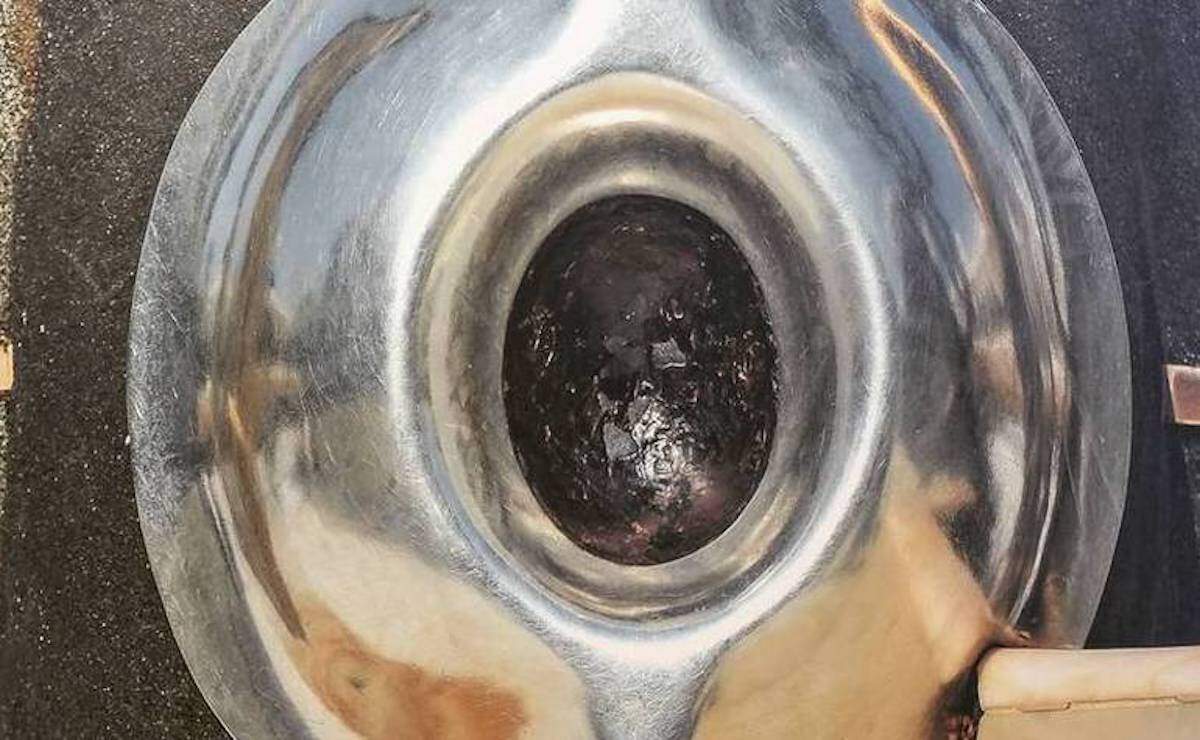
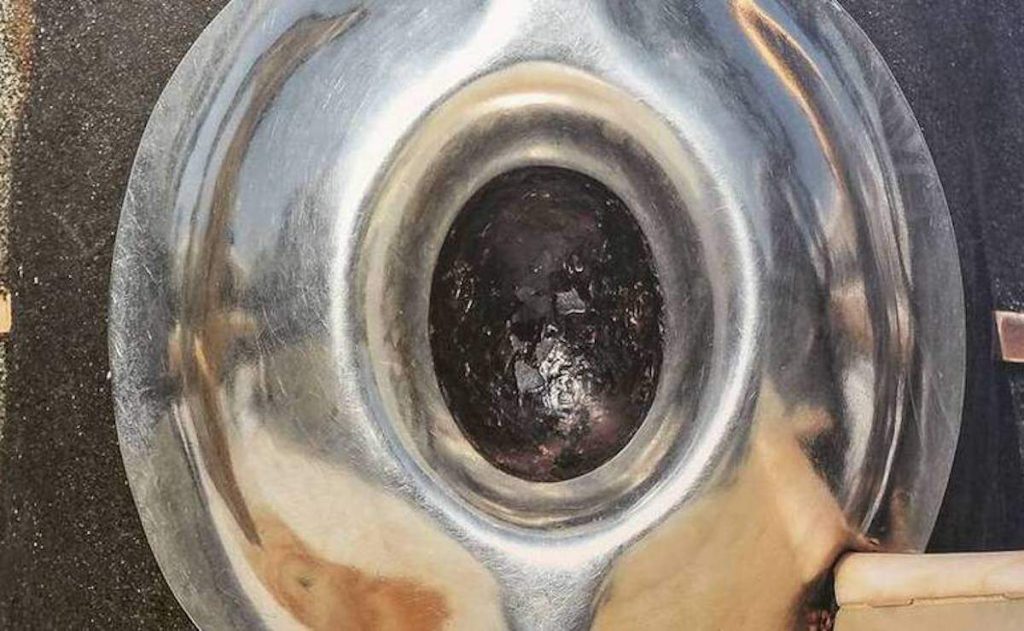
![Another closeup of the Black Stone: Image: By Amerrycan Muslim (Own work) [CC BY-SA 3.0]](https://www.historicmysteries.com/wp-content/uploads/2011/05/The-Black-stone-of-kaaba.jpg)







